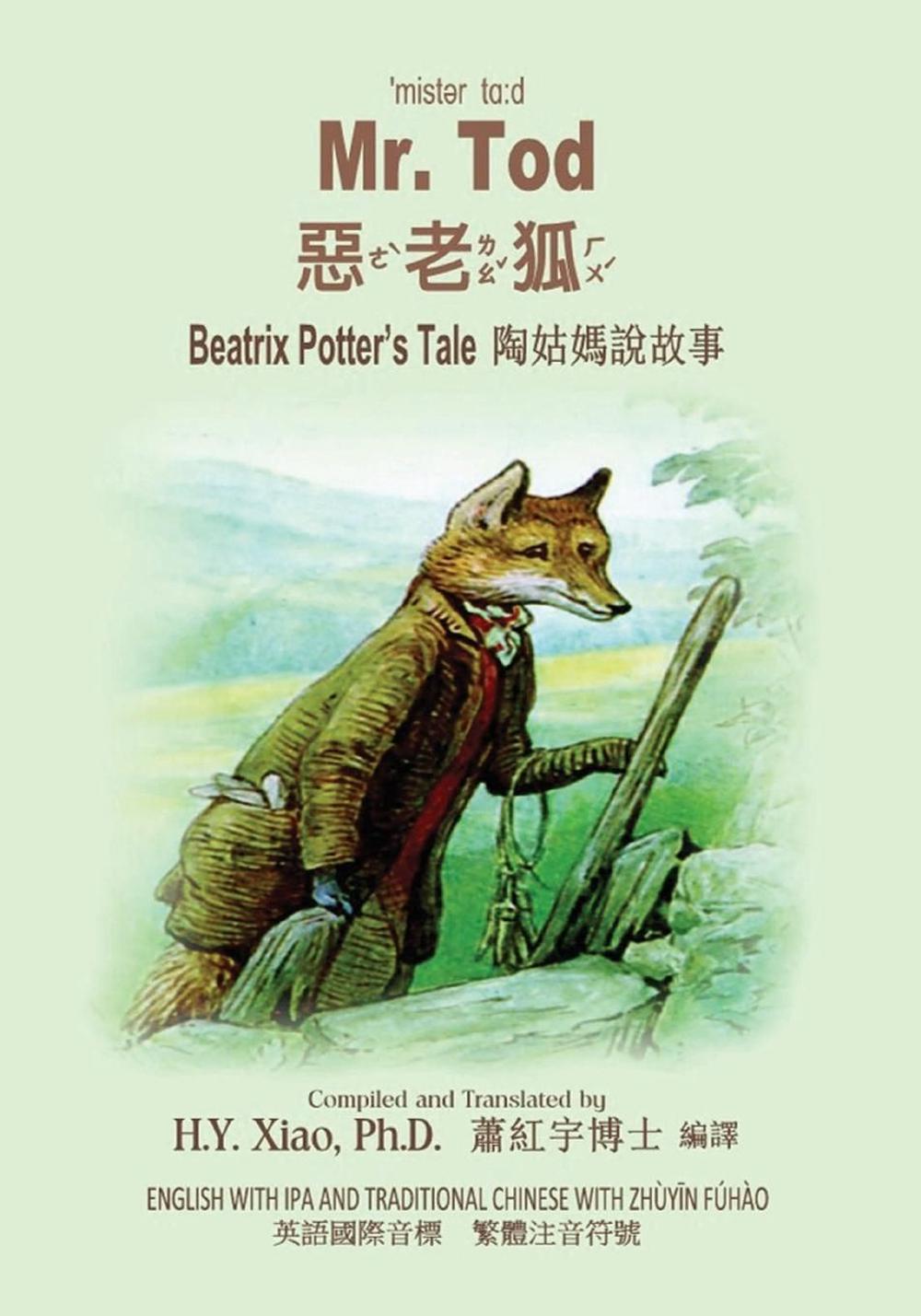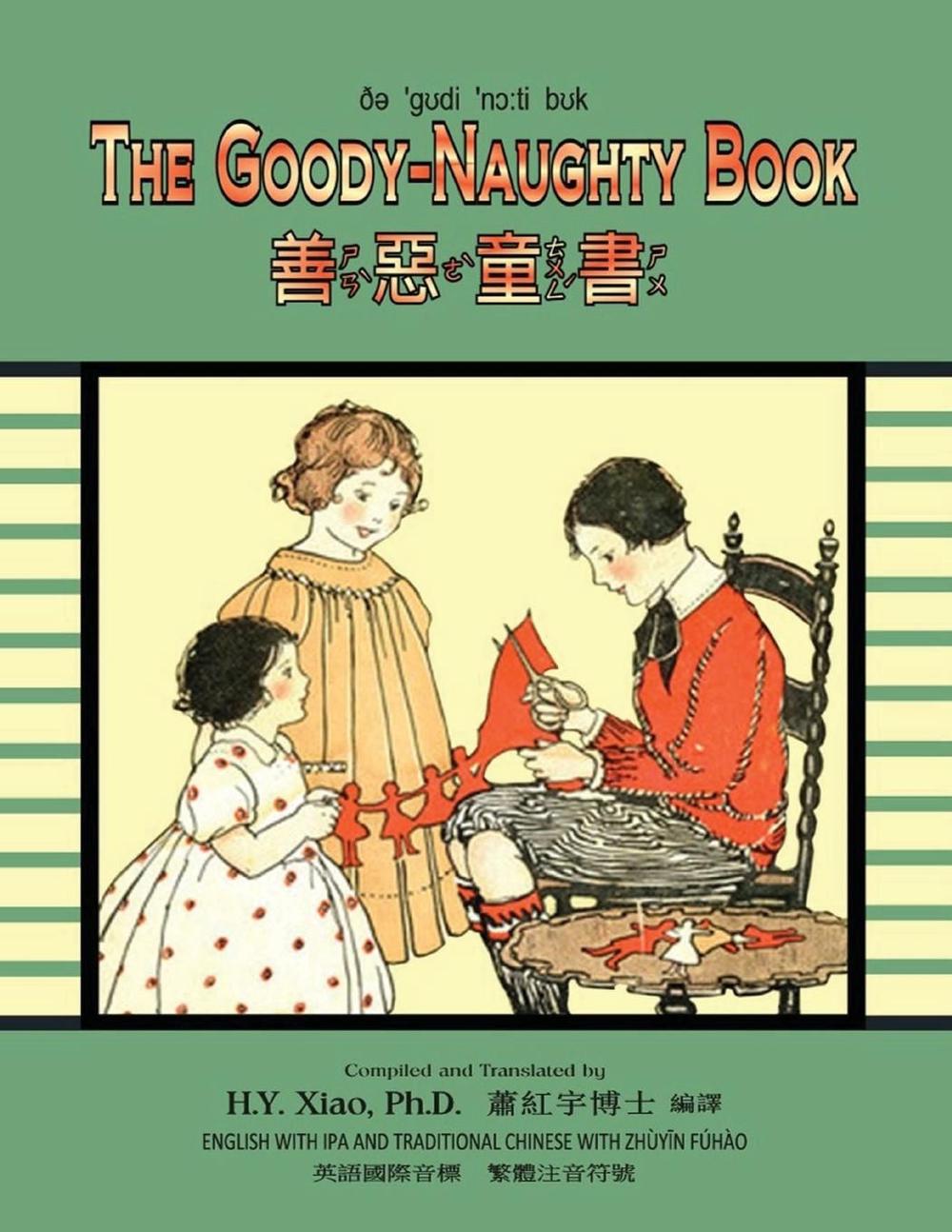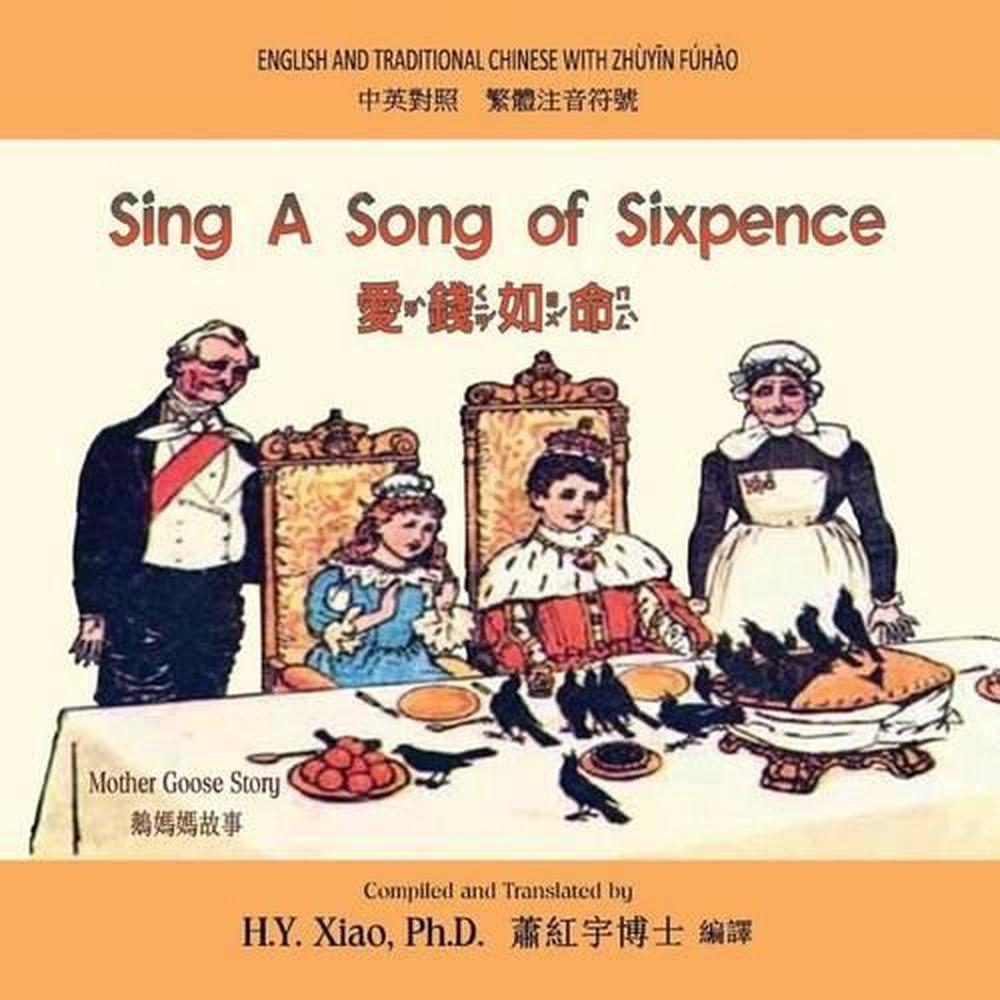
(onsets) and finals (rimes), and diacritics for tones.

It is also used to show the Taiwanese pronunciation of characters and to Newspapers and magazines to show the pronunciation of the characters. Not sure if this is true but they say Arabic was only rendered as images on the web until year 2,000 - there were problems with right-to-left directions.Zhuyin fuhao is a phonetic script used in dictionaries,Ĭhildren's books, text books for people learning Chinese and in some

I'd prefer this to image files but, anyway, the site is great. They could do it in horizontal, if vertical is not feasible. See attached screenshots - vertical (from MS Word) and horizontal (converted to HTML): Well, Japanese are not too fussed, they use both horizontal (if vertical is not practical or if the text is mixed with another script) and vertical (more traditional)

The Bopomofo characters become horizontal in HTML. Perhaps, it's too difficult to make vertical scripts on a web site, although, I tried converting a Word document with Zhuyin Fuhao as ruby (furigana) into an HTML file. There are also some stories in Chinese with Bopomofo in gif image files with English translations (also images). Thanks a lot! No wonder, I couldn't find resources myself - Zhuyin Fuhao 注音符號 / 注音符号 is published as image.


 0 kommentar(er)
0 kommentar(er)
